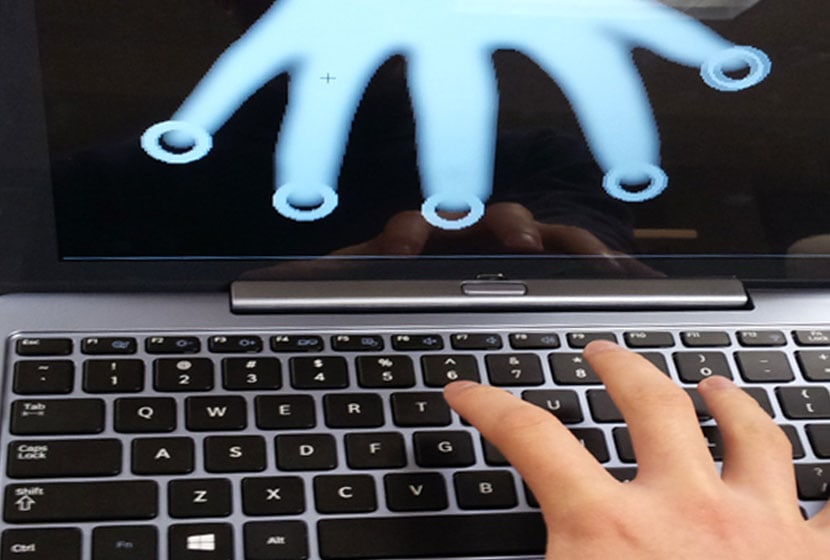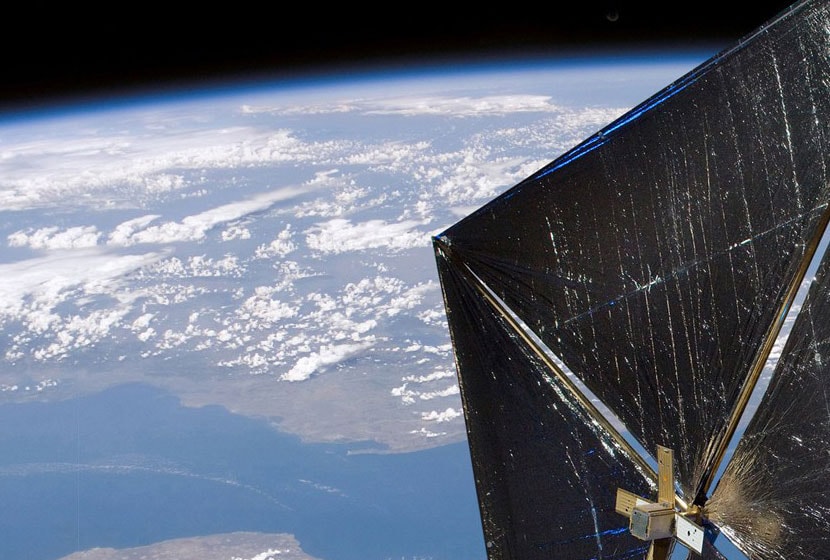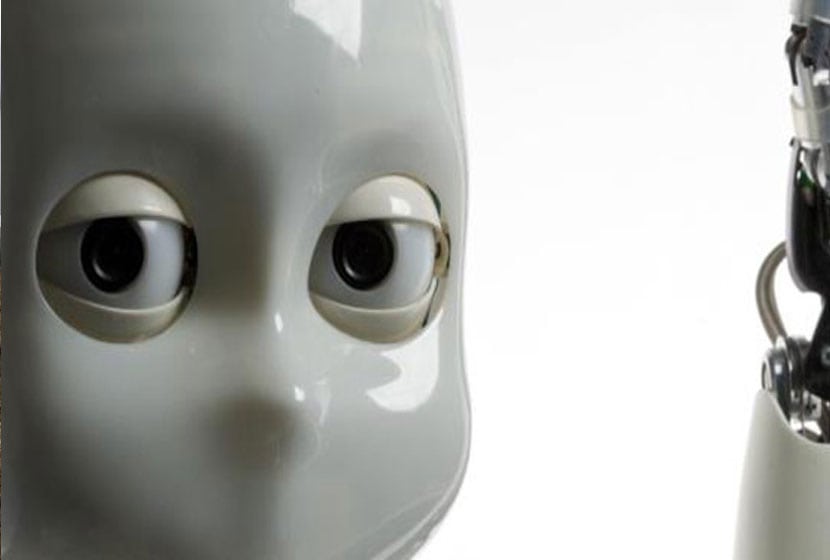Haptix is a webcam or Kinect like sensor in an anodized aluminum housing that can transform virtually any surface (including glass) into a touch interface.
Positioned on top of a laptop screen, this Leap Motion-like device will create a multitouch touch surface by recording touch points on a flat surface. All this by adding a 3D detection layer so that the user can see the position of their fingers in relation to the screen before pressing.
Composed of two CMOS sensors similar to those found in webcams, Haptix films the position of the hands with a resolution of 640 x 360 pixels. A microcontroller handles most of the processing so as not to load the computer's central processor. It connects via a USB cable and can operate in all lighting conditions, including at night thanks to infrared.
The system is "plug and play", like a mouse, i.e. it works directly with all software without using proprietary software. Currently, the sensor has a field of view of 120°, but there are plans to upgrade to a 150° module. Haptix is compatible with Windows XP, Windows Vista, Windows 7, Windows 8 and Ubuntu. The developers promise that Android and Mac OS X will be supported at the time of release. They have also provided a development kit (SDK) to enable the creation of dedicated applications.
The Haptix sensor will be offered with an optional pressure-sensitive pen, which will offer designers the same advantages as a graphics tablet, but on the surface of their choice.
What are the differences with Leap Motion?

Similar to the Leap Motion and described as Mouse-Killer by one of its creators, Haptix differs from Leap on the one hand, because it uses only infrared light when the room lighting is low, and then only when it is high. it is capable of operating on reflective surfaces, but also and above all because it allows you to rest your hands on a surface, unlike Leap which requires you to hold them in the air.
Its designers claim to have developed a novel image processing algorithm based on the principle of stereo vision. It detects the three-dimensional coordinates of the fingers and then calculates their position relative to the surface on which they are moving. Haptix can track up to ten distinct objects, to which functions can be assigned. Haptix is also more flexible in its use than Statina technology, which involves making a surface tactile by using sensors to interpret the vibrations caused by the finger on a surface.
The launch of Haptix is scheduled for February 2014. For the time being, the start-up is raising funds via the Kickstarter platform. The target of $100,000 (about 75,000 euros at current rates) has been exceeded (over $122,000) and Ractiv now wants to reach $150,000.
{module[348]}












